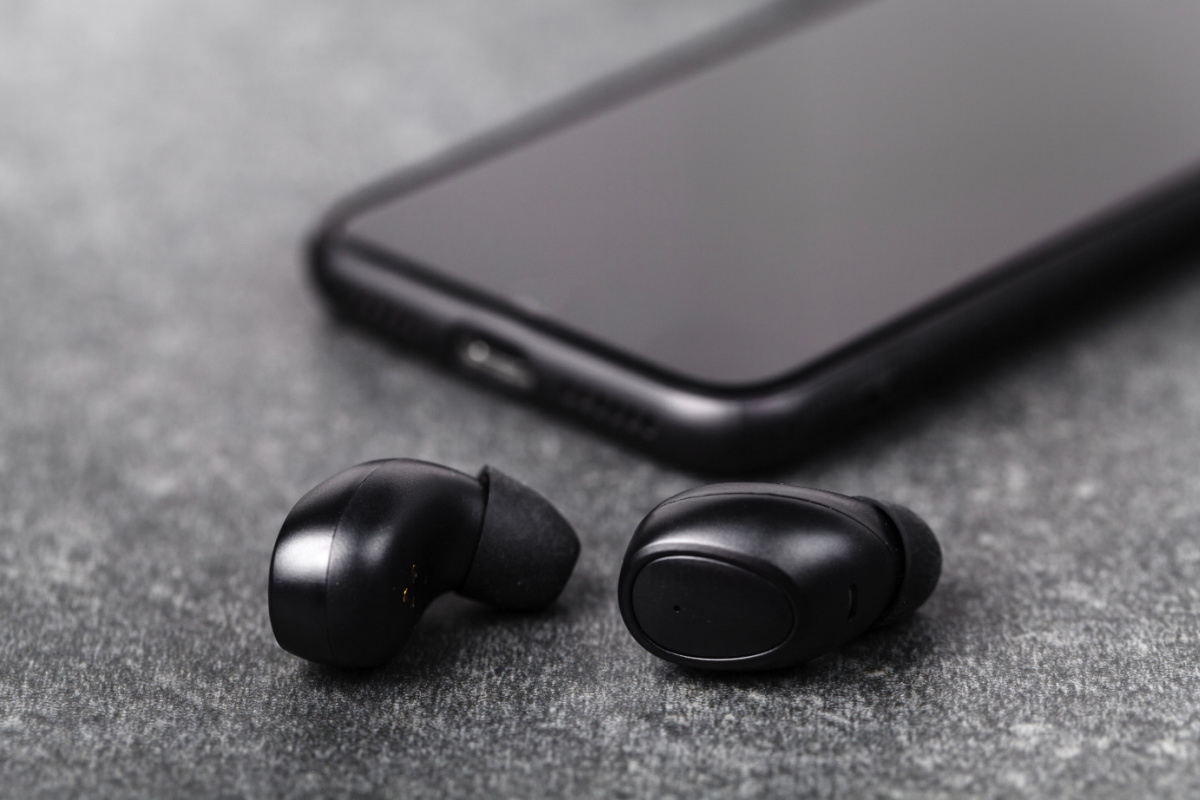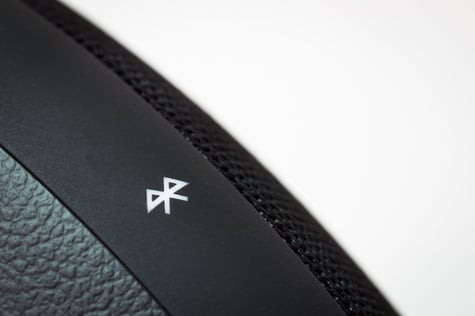In 1999, the first Bluetooth device was released as a hands-free headset for Ericsson’s mobile devices. This proved to be one of the first significant releases of wireless audio technology, functioning on the wide 2.4 GHz band to provide sufficient bandwidth and coverage area around the device user whilst maintaining power efficiency.
Since then, Bluetooth technology has become a staple for applications like hands-free audio, smart lighting and wireless medical devices; it is utilised for indoor navigation of medical patients and provides efficient lighting solutions for smart homes. Moreover, the Bluetooth earphone & headphone market is expected to reach $120B by 2026, which is reinforced by the introduction of the new Auracast broadcast audio technology; a dedicated wireless communication for audio applications made by Bluetooth.
But even with the growing adoption of Bluetooth technology, the limited bandwidth it offers has recently questioned its place in the future of short-range wireless devices. Will this affect the future of Bluetooth as the leading IoT technology?
Bluetooth vs Lossless audio
One of the key features that enables both wireless music and online media sharing is file compression. For audio, MP3 and MP4 represent compressed audio file formats that can be effectively transmitted on Bluetooth’s bandwidth. However, this compression results in a loss of data that is contained in the original source file.
Lossless audio is a virtual form of audio transmission that is in early stages of development. It presents a high-quality audio experience that is identical to the source recording, reminiscent of hard copies such as CDs or Vinyls. The challenge of using wireless devices for lossless audio arises when the bandwidth of Bluetooth is too limiting to enable effective transmission of the file type.
The limitations of Bluetooth is beginning to be an issue for designers beyond that of simply audio; Apple’s VC of acoustics Gary Greaves states, “There’s a number of tricks we can play to maximise or get around some of the limits of Bluetooth. But it’s fair to say that we would like more bandwidth.” In light of this, Apple has submitted a patent for optical audio transmission technology that can provide the bandwidth required for lossless audio. Moreover, other wireless technologies such as Ultra-wideband are also being considered by audio device designers to replace Bluetooth.
Bluetooth’s future proof features
Albeit the limitations it has in terms of lossless audio and bandwidth demanding applications, It is clear that Bluetooth is still becoming an increasingly popular wireless technology moving into the future. This can be attributed to three main features;
Power consumption - When it comes to short-range communications, Bluetooth is the most efficient. By utilising features such as duty-cycles, sleep mode and connection subrating, Bluetooth enables compact devices like wireless earphones to function effectively for extended periods of time. Bluetooth’s new Auracast broadcast audio technology also brings with it dedicated performance and additional features specifically surrounding audio devices.
Quality and performance - Bluetooth functions on sufficient bandwidth to transmit audio without being hindered by latency and other factors. Due to sound compression, advanced audio distribution profiles (A2DP), and third party audio codecs, Bluetooth devices can provide sufficient audio quality that can be customised and enhanced by designers and developers.
Regular updates and innovation - Since that initial hands-free headset, Bluetooth has undergone years of innovation and development. Bluetooth Low Energy (BLE), a version of Bluetooth that is dedicated for low bandwidth devices, reached v5.3 in 2021. Bluetooth classic, the version mainly used for audio, sees regular performance and connectivity updates without the need for hardware to be replaced in devices; even lossless audio could be supported in a future iteration.
Integrating the right Bluetooth antenna for your device
Bluetooth has proven itself as a wireless technology that coexists with audio devices as well as those in the modern lighting and medical industries. Auracast is bringing improved features for audio devices to continue enjoying the wireless capabilities of Bluetooth, and will continue to improve in the coming iterations of the technology.
To ensure the best performance, efficiency and capabilities of your device, antenna choice is vital. The antenna dictates these features and more, and selecting the right one is paramount to futureproof your design. At Antenova, we supply a full range of Bluetooth antennas and Integration Hub to provide you with the information you need to find the perfect wireless solution. Browse our range of Bluetooth antennas or contact a member of our team today.




